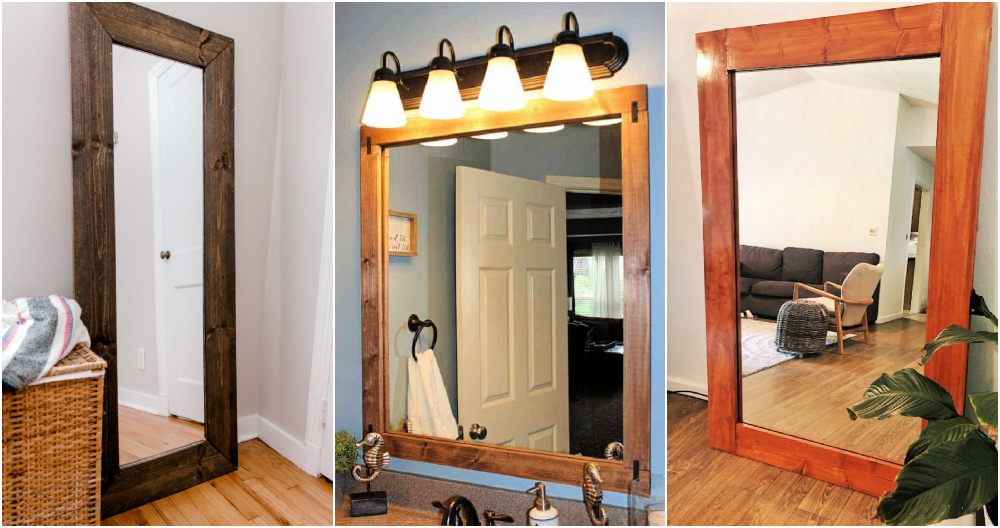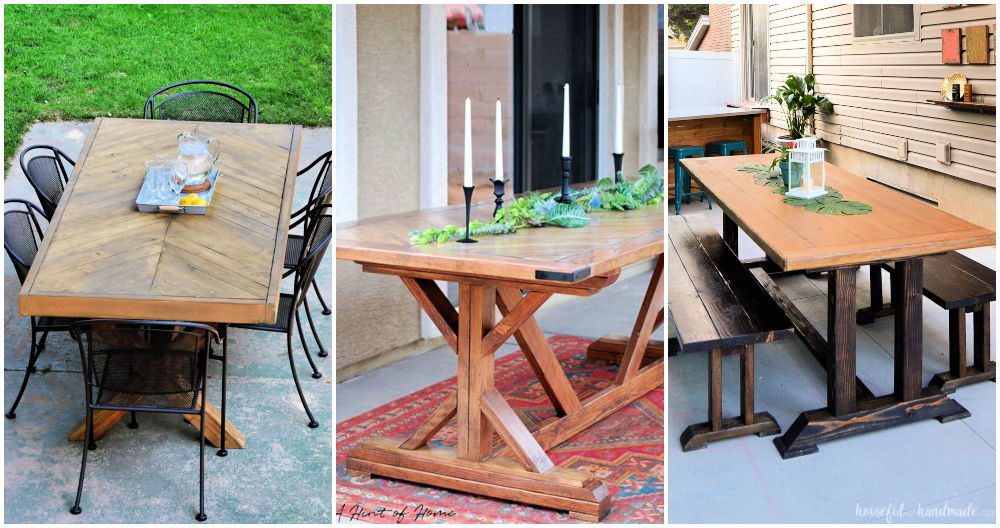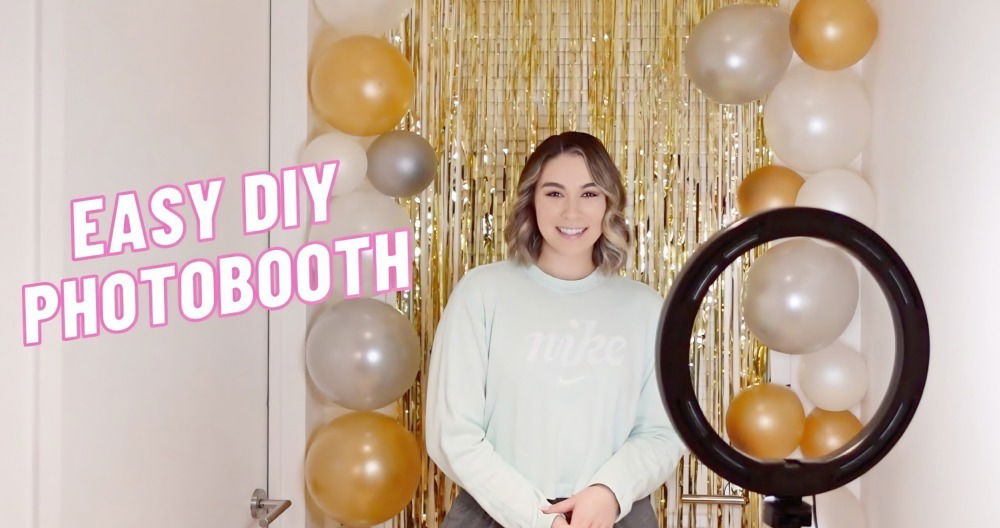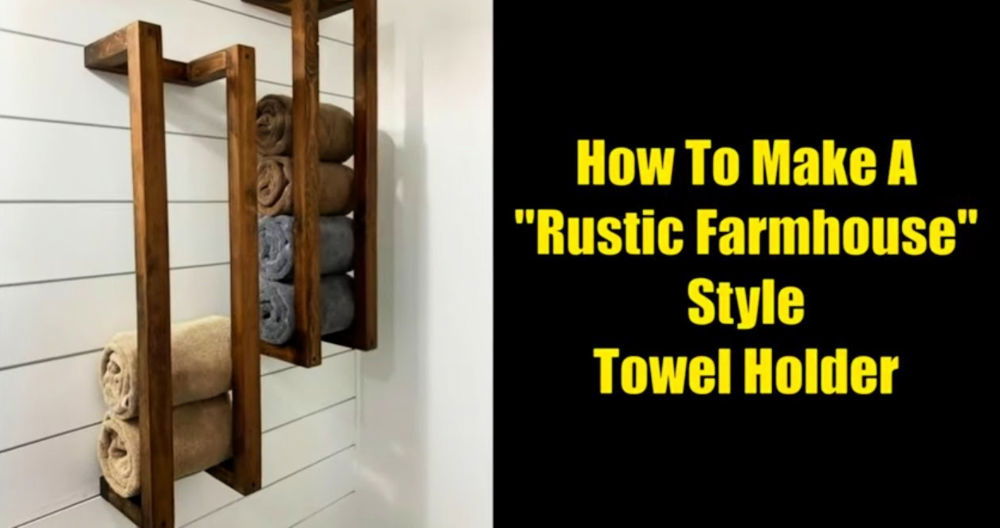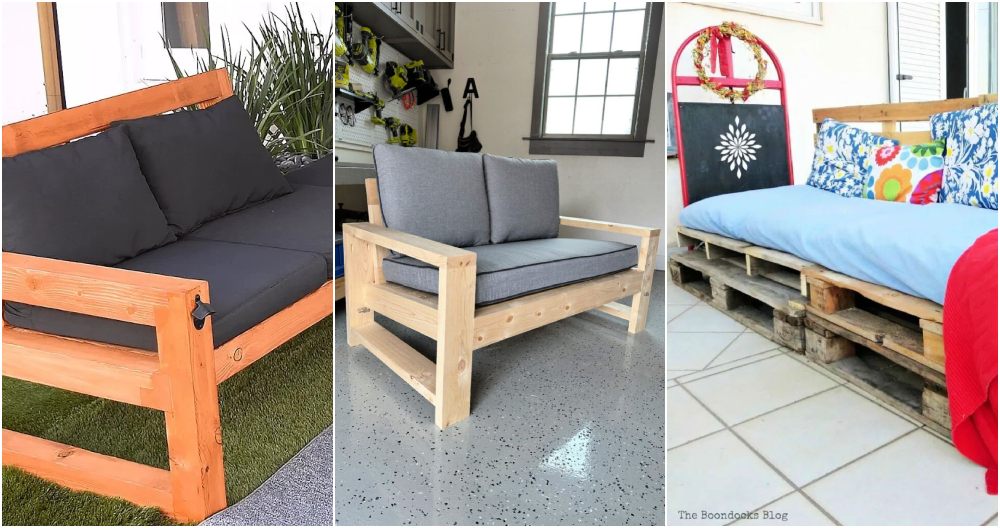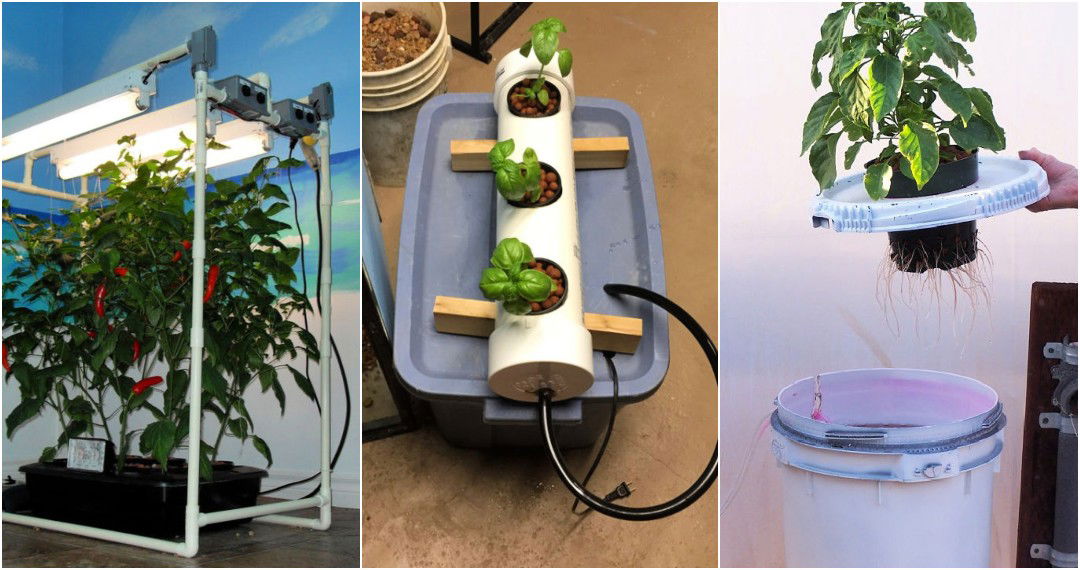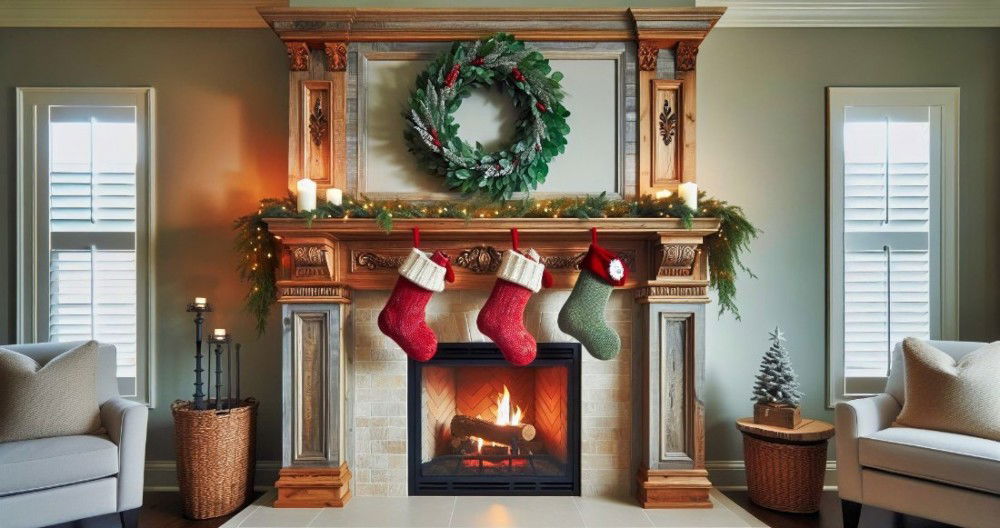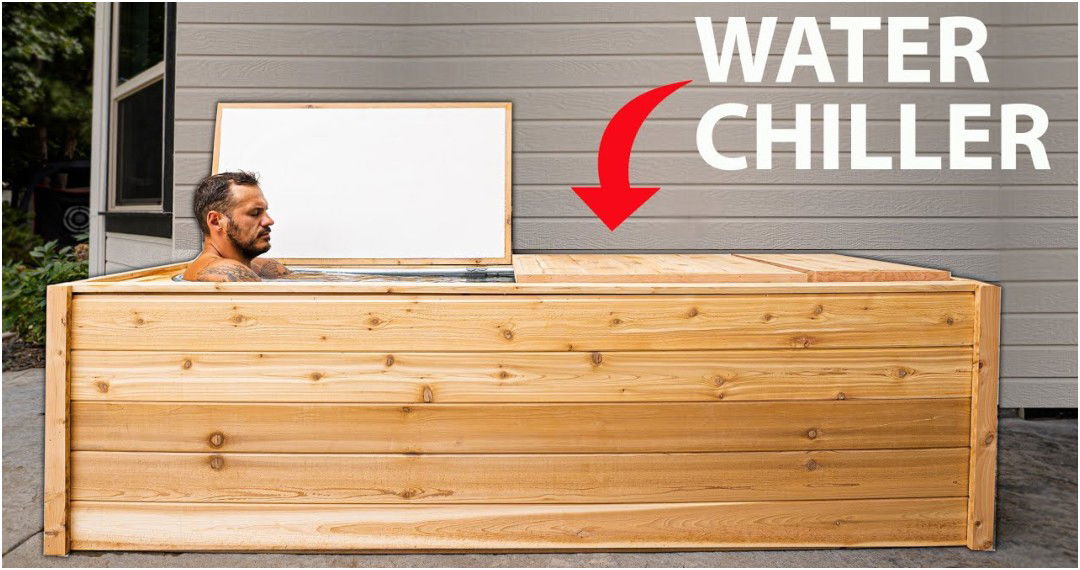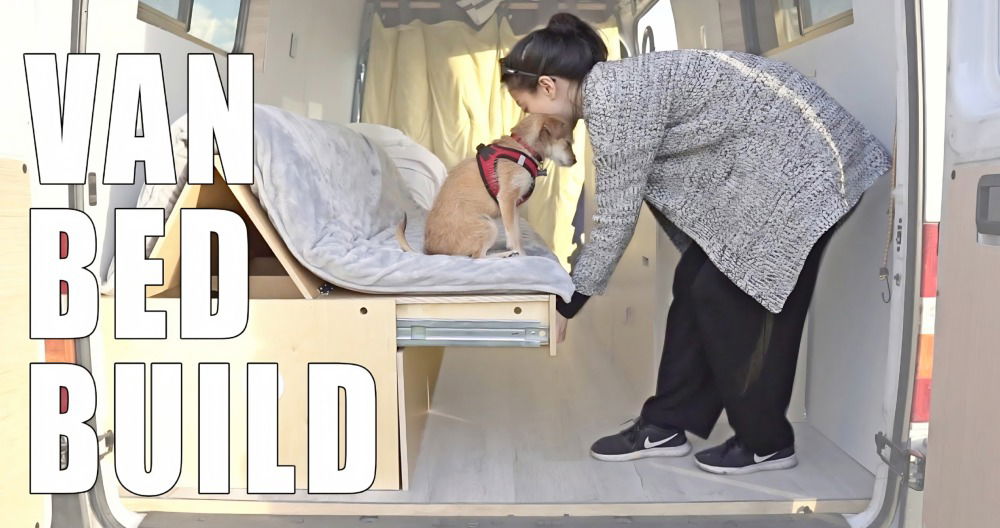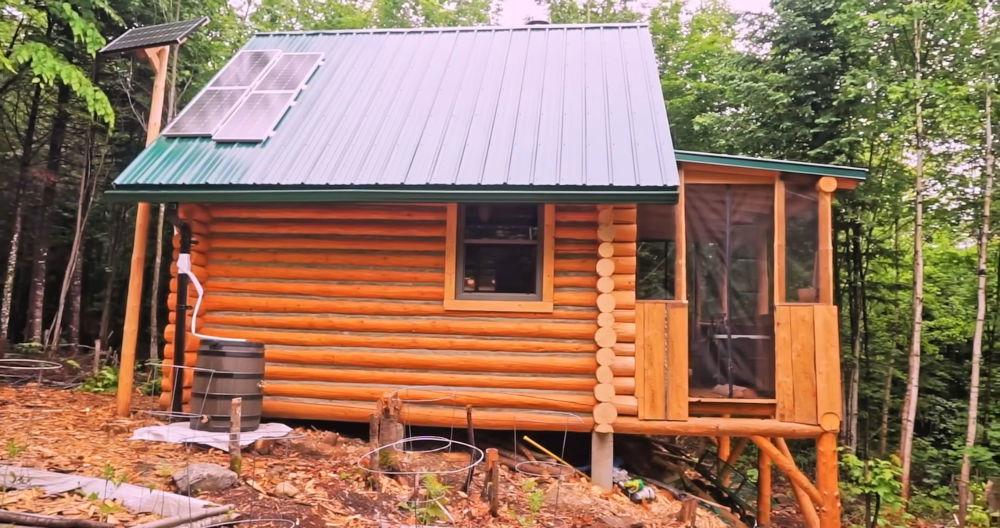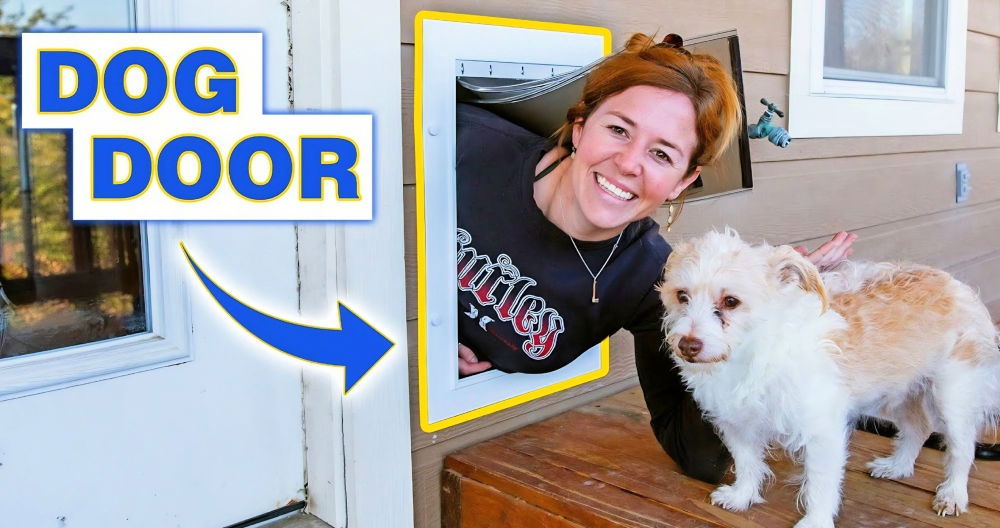Learn how to build a wardrobe step-by-step. Find tips on design, materials, and tools for a perfect custom wardrobe. Whether you prefer classic, trendy, or casual looks, knowing what you like will help you choose pieces that you'll wear often. Make a list of essential items like jeans, basic tees, and jackets that match your style. Quality over quantity should be your mantra for a lasting wardrobe.
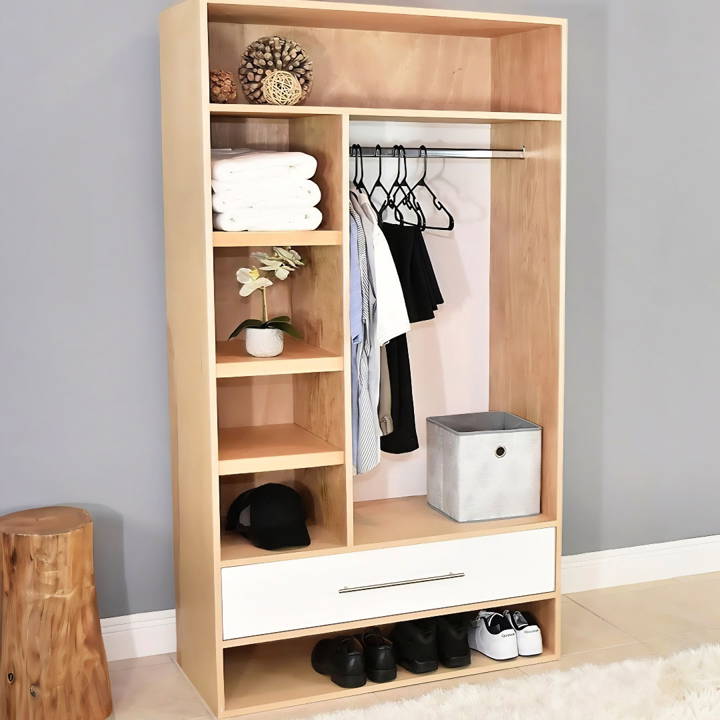
Next, consider a DIY wardrobe as a budget-friendly option. You can save money by learning how to sew or customize clothes. This gives you the freedom to build unique pieces that reflect your style. Look for online tutorials or local classes to get started. The process can be enjoyable and offers a great sense of accomplishment.
Stay tuned for the next section, where we dive deeper into specific steps on how to build a wardrobe tailored to your needs and preferences.
Materials Needed and Their Purpose
- Plywood: The backbone of our project, providing structure and surface.
- Track Saw or Circular Saw: Essential for cutting the plywood accurately.
- Rip-cut Jig: Helps with straight, precise cuts if using a circular saw.
- Table Saw: Handy for detailed cuts like dados and rabbets.
- Pocket Hole Jig: For building strong joints easily.
- Connector Jigs: Vital for keeping parts square during assembly.
- Drill: For making pilot holes for screws, and for assembling parts with screws.
- Edge Banding: To cover plywood edges for a cleaner look.
- Sandpaper: For smoothing out all surfaces before finishing.
- Paint or Stain: To give your wardrobe a personalized finish.
- Drawer Slides, Pull Handles, Closet Rod: Essential hardware to make the wardrobe functional.
Step by Step Instructions
Learn how to build a wardrobe with step-by-step instructions, from planning and cutting plywood to assembly and finishing touches.
Step 1: Planning and Cutting the Plywood
I started by sketching out my wardrobe design, focusing on dimensions that would fit perfectly in my available space while offering maximum storage. Taking measurements twice, I cut my plywood into manageable sizes using a circular saw equipped with a rip-cut jig. Precision in these cuts is crucial for a seamless final look.
Step 2: Building the Frame and Drawer
Using a table saw, I then moved on to cutting the sides of the wardrobe and working on the drawer components. I crafted a simple jig to make precise rabbet cuts, ensuring that the drawer slides in smoothly. For the assembly, connector jigs were my best friends, keeping everything square while I screwed the pieces together.
Step 3: Assembly and Adding the Details
With the frame and drawer assembled, I focused on installing the backend and the shelves. Gluing the shelves in place and ensuring they were perfectly level required patience. I paid special attention to leaving adequate space for shoe storage at the bottom and ample room for hanging clothes above.
Edge banding was next, a tedious but necessary step to cover the plywood edges, followed by filling in the pocket holes with dowels to give the wardrobe a cleaner look.
Step 4: Finishing Touches
Sanding down the entire wardrobe ensured that the paint would adhere smoothly. Choosing a two-tone finish, I painted the interior sections white and decided on a natural wood stain for the exterior. Matching the stain to the plywood was a challenge, highlighting the importance of testing on a small area first.
Finally, installing the hardware gave the wardrobe its functionality. The drawer slides, pull handle, and closet rod were straightforward to install, following the manufacturer's instructions.
Lessons Learned and Tips
- Preparation is Key: Measure twice, cut once. Plan your project thoroughly to avoid any surprises.
- Patience Pays Off: Don't rush the assembly and finishing process. Taking your time ensures a higher quality outcome.
- Customization is Your Friend: Tailor the dimensions, finish, and hardware to suit your needs and space. This DIY project is highly customizable.
- Safety First: Always prioritize safety when using power tools. Wear protective gear and work in a well-ventilated space, especially when painting or staining.
Customization Ideas for Your DIY Wardrobe
Building a DIY wardrobe is not just about building a storage space—it's about expressing your personal style and meeting your unique needs. Here are some customization ideas to make your wardrobe truly your own:
- Choose Your Color Palette: Select colors that reflect your personality and fit the room's decor. Whether you prefer a classic white, a bold black, or vibrant colors, painting your wardrobe can transform its look. Use non-toxic paint for a safer environment.
- Add Decorative Handles: Swap out standard handles for something that speaks to you. Vintage knobs, sleek metal pulls, or even custom-made leather straps can add a distinctive touch to your wardrobe doors.
- Install Lighting: Good lighting inside your wardrobe makes it easier to find what you need. Consider installing LED strips or puck lights to illuminate the shelves and hanging areas.
- Personalize the Door: If you're artistic, why not paint a mural on the wardrobe door? Or you could use wallpaper or fabric to build a unique design.
- Adjustable Shelves: Make your storage flexible by installing adjustable shelves. This way, you can rearrange the space as your wardrobe changes.
- Incorporate a Mirror: A full-length mirror on the inside of the door is not only practical but also makes the room appear larger.
- Use Drawer Dividers: Keep your smaller items organized with drawer dividers. You can buy them or make your own from thin pieces of wood or sturdy cardboard.
- Add a Pull-Out Laundry Hamper: Save space and keep dirty clothes out of sight with a built-in laundry hamper that slides out when you need it.
- Build a Display Area: If you have items you love to display, like jewelry or accessories, incorporate a small display area with hooks or velvet-lined trays.
- Think Vertical: Use the height of your room to your advantage with a tall wardrobe. Add a rolling library ladder to access the higher shelves safely and stylishly.
Build a wardrobe that stores clothes, brings joy, and is functional daily. These ideas will make it unique and suited to your needs.
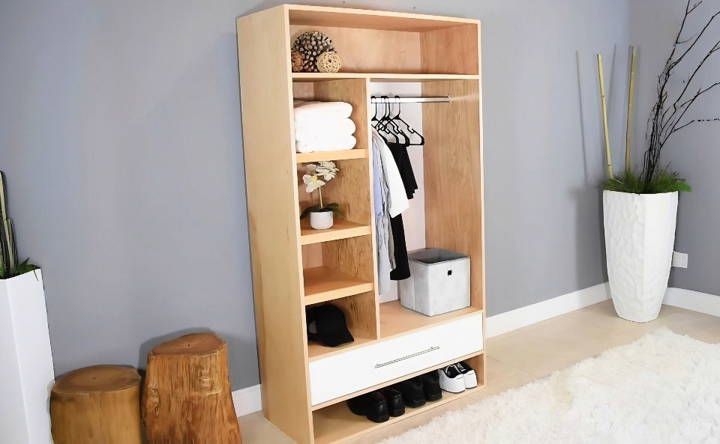
Troubleshooting Common Issues in DIY Wardrobe Projects
When embarking on a DIY wardrobe project, you might encounter a few hiccups along the way. Here's a guide to help you troubleshoot some of the most common issues:
- Doors Not Aligning: If your wardrobe doors aren't lining up correctly, check the hinges. Loose or improperly installed hinges can cause misalignment. Tighten any loose screws and adjust the hinge plates to ensure the doors hang straight.
- Sticking Drawers: Drawers that stick or are hard to open may need some lubrication. Apply a thin layer of wax or a specialized drawer lubricant to the runners. If the drawers are still sticking, make sure they're not overloaded and that the runners aren't damaged.
- Wobbly Structure: A wobbly wardrobe can be a sign of uneven floors or that the unit isn't square. Use a level to check for evenness and adjust the feet of the wardrobe if possible. If the issue is with the squareness, reinforce the corners with additional brackets or screws.
- Scratches and Dents: For minor scratches, you can use a wood filler or a crayon that matches the color of your wardrobe. For dents, try using a damp cloth and an iron to steam the wood and raise the dent.
- Squeaky Doors: Squeaky doors can often be fixed with a bit of lubricant. Apply a silicone-based lubricant to the hinges, moving the door back and forth to work it in.
- Peeling Veneer: If the veneer on your wardrobe starts to peel, you can reattach it using wood glue. Apply the glue under the veneer, press it down firmly, and wipe away any excess. Use clamps or heavy books to hold it in place while it dries.
- Odor Inside the Wardrobe: Sometimes, new wood or paint can leave a smell inside your wardrobe. Leave the doors open to air it out, or place a bowl of baking soda inside to absorb the odors.
- Difficulty Installing Hardware: If you're having trouble installing handles or knobs, double-check that you're using the correct drill bit size. If the screws aren't catching, you might need to use a slightly larger screw or plug the hole with a wooden toothpick before re-screwing.
Fixing these issues will make your DIY wardrobe functional and beautiful. Take your time, double-check measurements, and ask for help if needed.
FAQs About DIY Wardrobe
Discover answers to your faqs about DIY wardrobe. Get tips, tricks, and step-by-step guidance for building your custom wardrobe at home.
To ensure your DIY wardrobe is sturdy, focus on solid construction techniques such as using durable materials, reinforcing joints with screws or brackets, and securing the wardrobe to a wall with brackets to prevent tipping. Using a level during assembly can help keep everything straight and balanced.
Absolutely! One of the benefits of a DIY wardrobe is the ability to customize it to fit your specific space and needs. You can adjust the dimensions, create custom compartments, and add features like shoe racks or jewelry drawers. Measure your space carefully and plan your design before you start building.
Common mistakes include rushing the process, not measuring accurately, and skimping on materials. Take your time to plan and build your wardrobe, double-check measurements, and invest in quality materials that will last. Also, avoid overloading shelves or hanging rods to prevent sagging or damage.
Maintain your DIY wardrobe by regularly checking for loose screws or hinges and tightening them as needed. Keep the wardrobe clean by wiping down surfaces with a damp cloth and avoid using harsh chemicals that can damage the finish. If you’ve painted or stained your wardrobe, you may need to touch up the finish periodically to keep it looking fresh.
Adding a personal touch to your DIY wardrobe can make it truly unique. Consider decorating the doors with wallpaper, fabric, or decals. You can also install custom knobs or handles that reflect your style. For the interior, use drawer liners or paint in a contrasting color. If you're skilled, you can even carve or burn designs into the wood. Remember, the goal is to build a wardrobe that not only serves its purpose but also showcases your personality.
Conclusion
In conclusion, learning how to build a wardrobe that fits your style can be a rewarding experience. By focusing on essential pieces and incorporating your personal tastes, you can build a versatile and unique collection. Remember, DIY wardrobe solutions are not only cost-effective but also fun. Happy styling!


